Pervaporation dehydration of ethylene glycol/water mixture via hydrophilic polymer of intrinsic microporosity (PIM) derivatives
B. Oh, K. Kim, Y. Kwon, Y.-I. Park, H. Park*, D.-Y. Koh*, J. Membr. Sci., 680(15) 121707 (2023)
The chemical process for manufacturing raw materials requires a substantial amount of organic solvent, and it is important to recover the solvent overused during the reaction. This work uses membrane pervaporation to recover ethylene glycol by dehydrating water from a mixture of ethylene glycol (EG) and water. As a feasible membrane material suitable for the dehydration of lean-EG/water (with a water content of 70–95 wt%), we suggest two hydrophilic derivatives from the polymer of intrinsic microporosity (PIM-1). Two PIM-derivatives, amidoxime-functionalized PIM (AO-PIM) and 2,4-diamino-1,3,5-triazine-functionalized PIM (DAT-PIM), were effectively produced through hydrophilic functional group modification and retained their intrinsic microporosity based on a rigid and highly twisted polymer backbone. The PIM-derivatives showed increased water sorption capacity, resulting in tenfold greater water permeability of both PIM-derivative membranes than pure PIM-1. In addition, the modified membranes retained a water content of 99.9% in the permeate. This study demonstrated a simple method for modifying suitable dehydration materials while maintaining the original polymer's structural quality.


